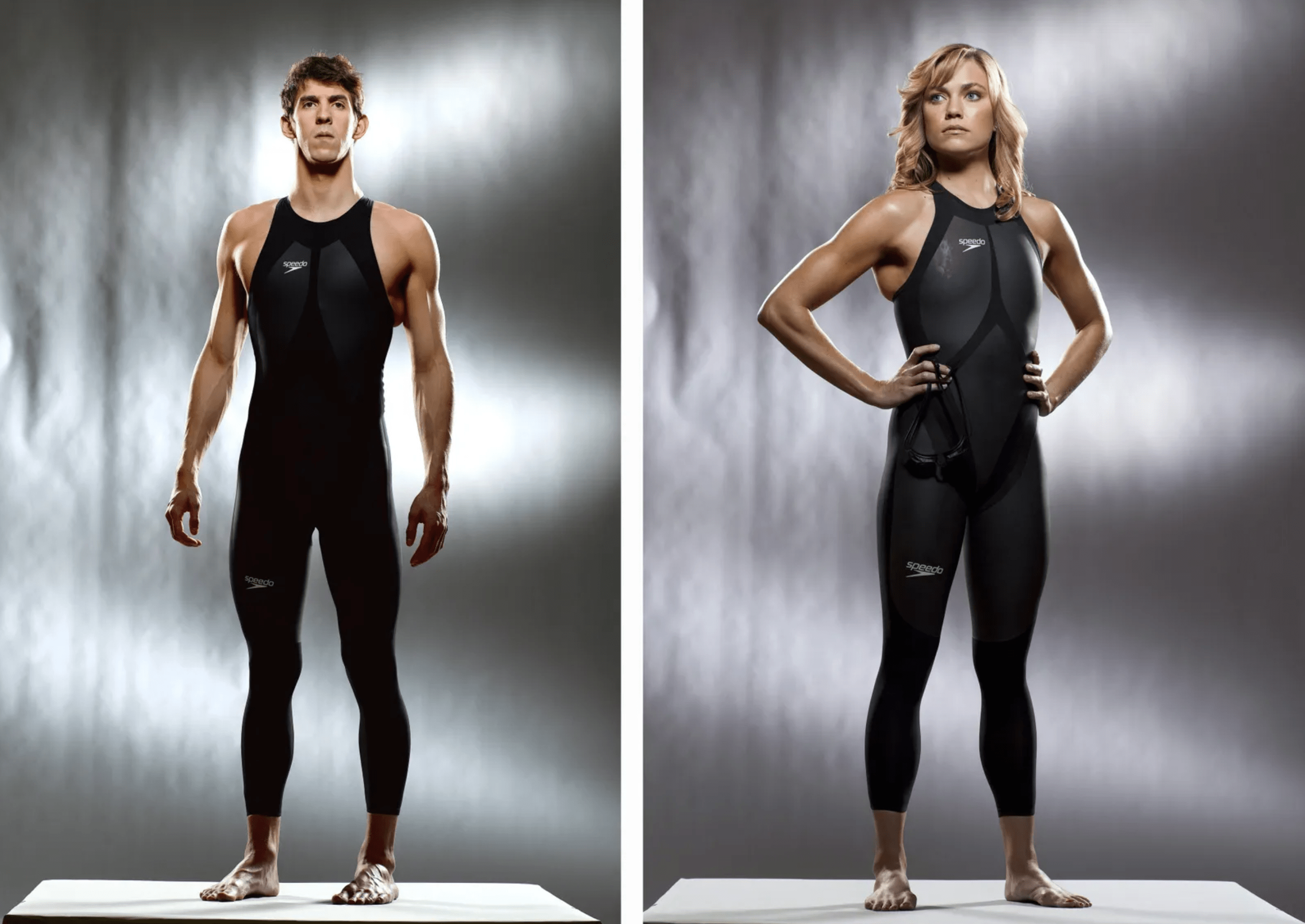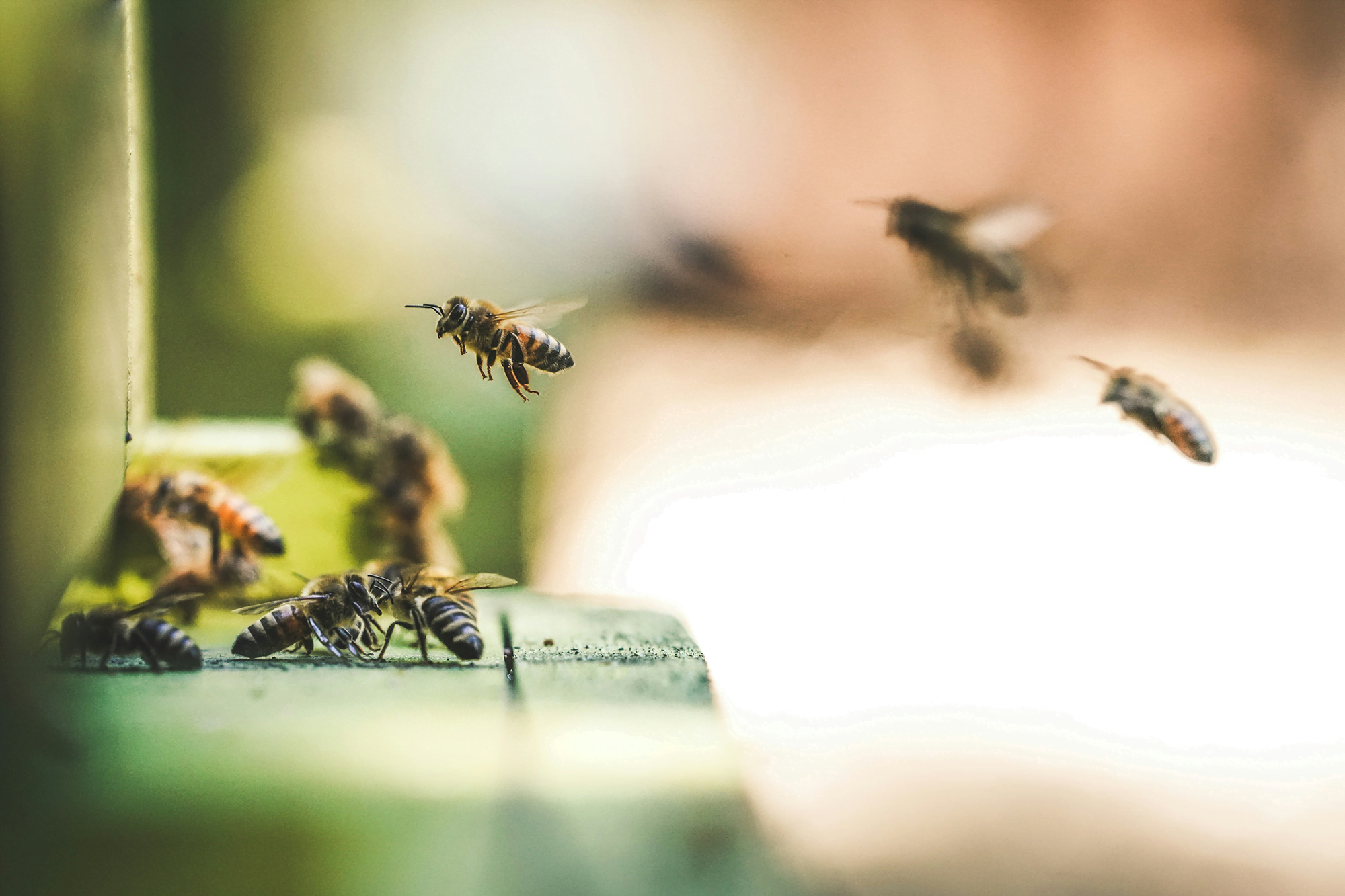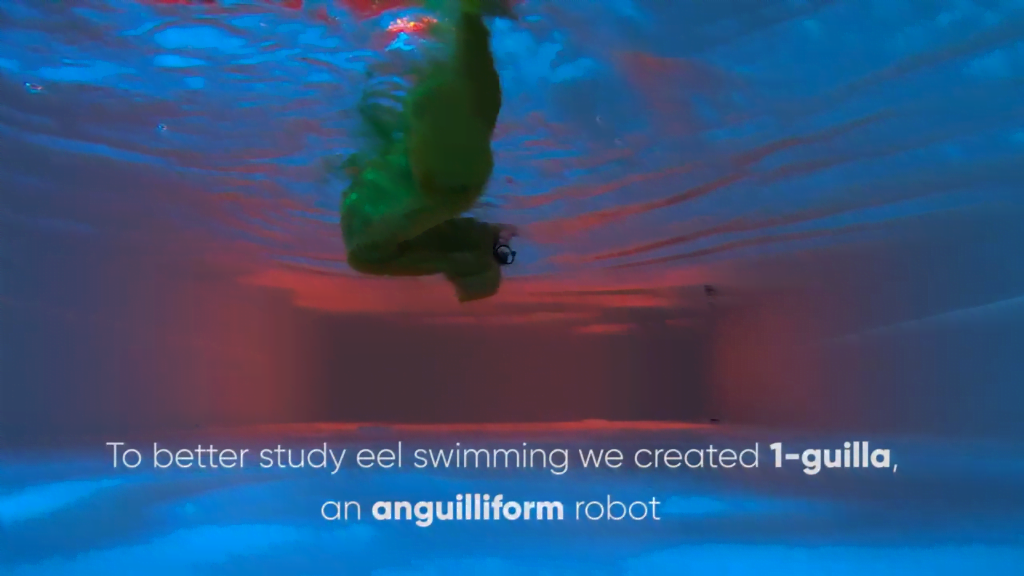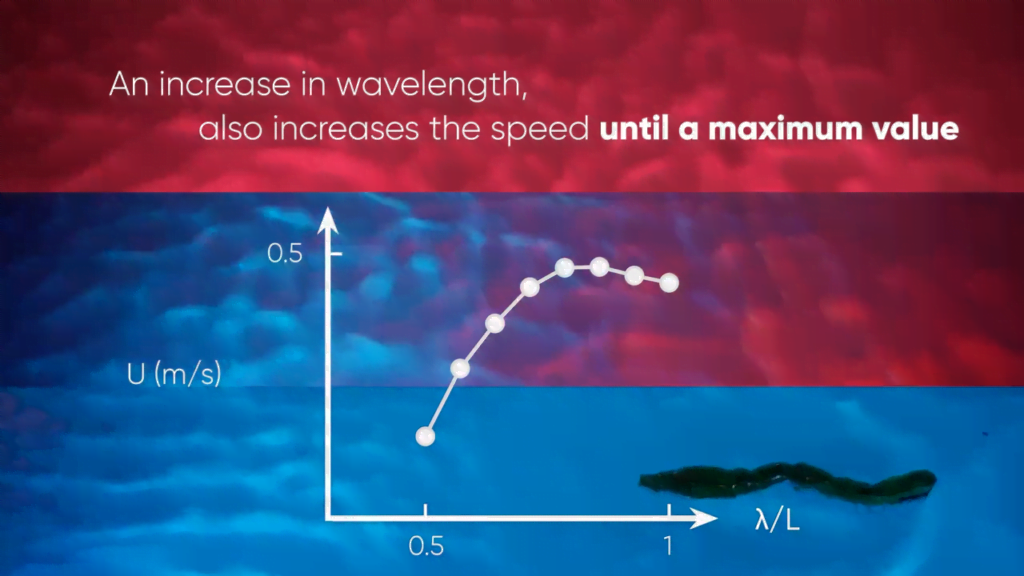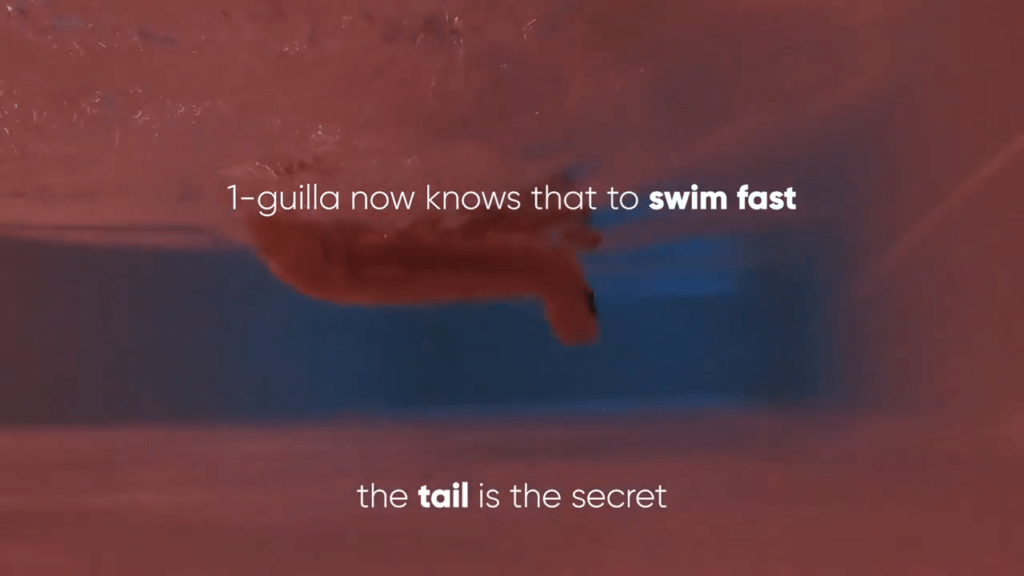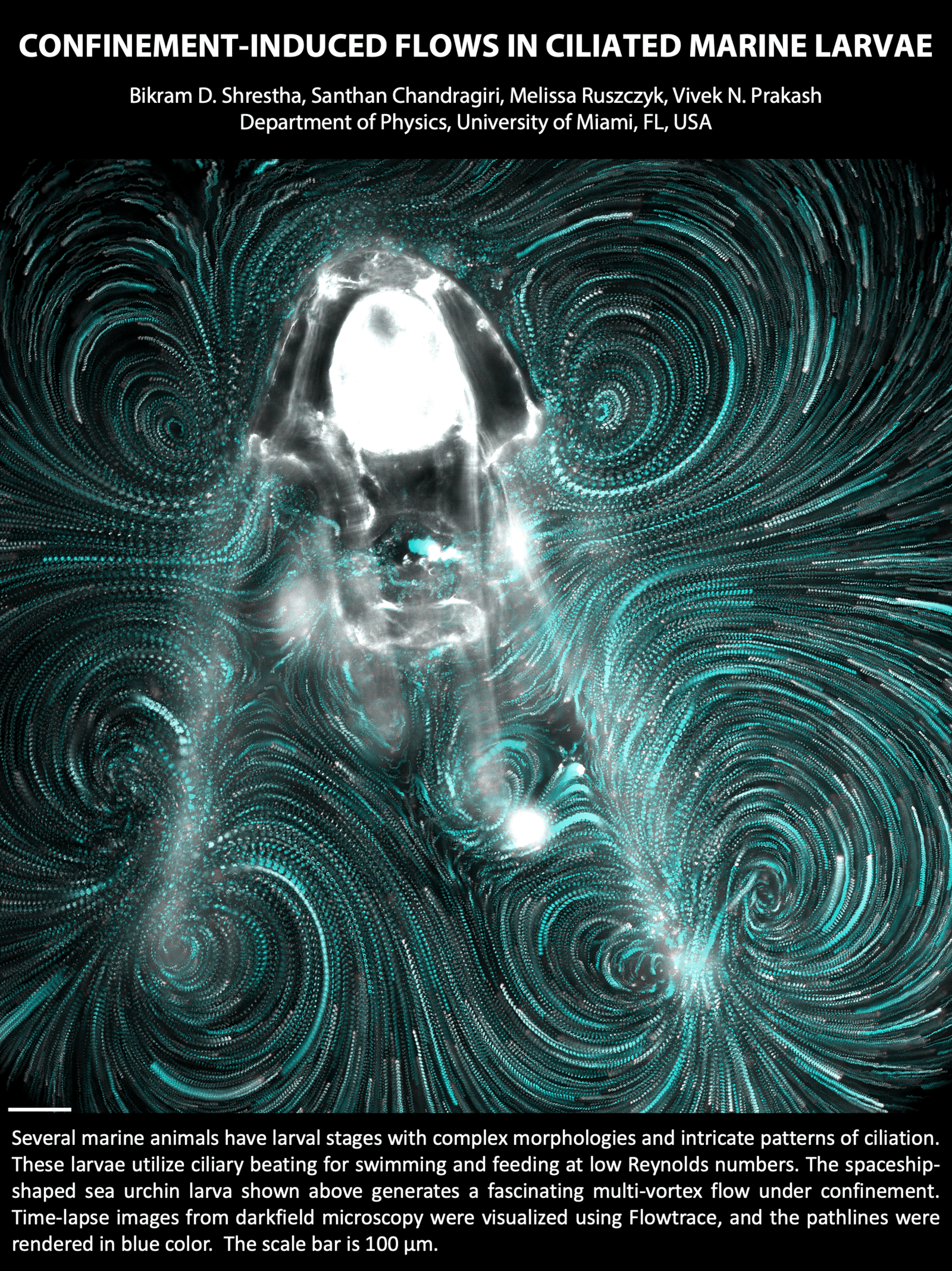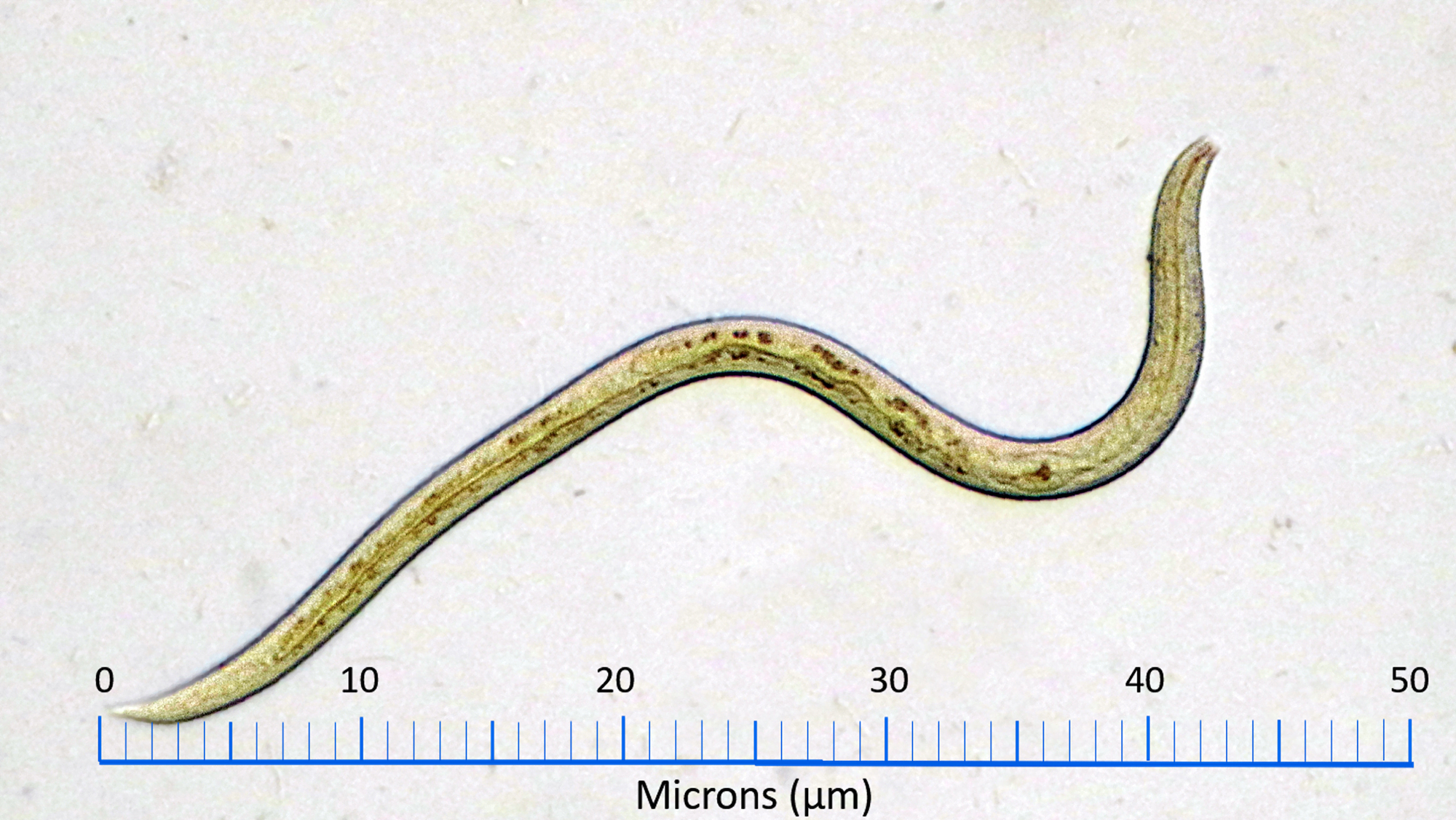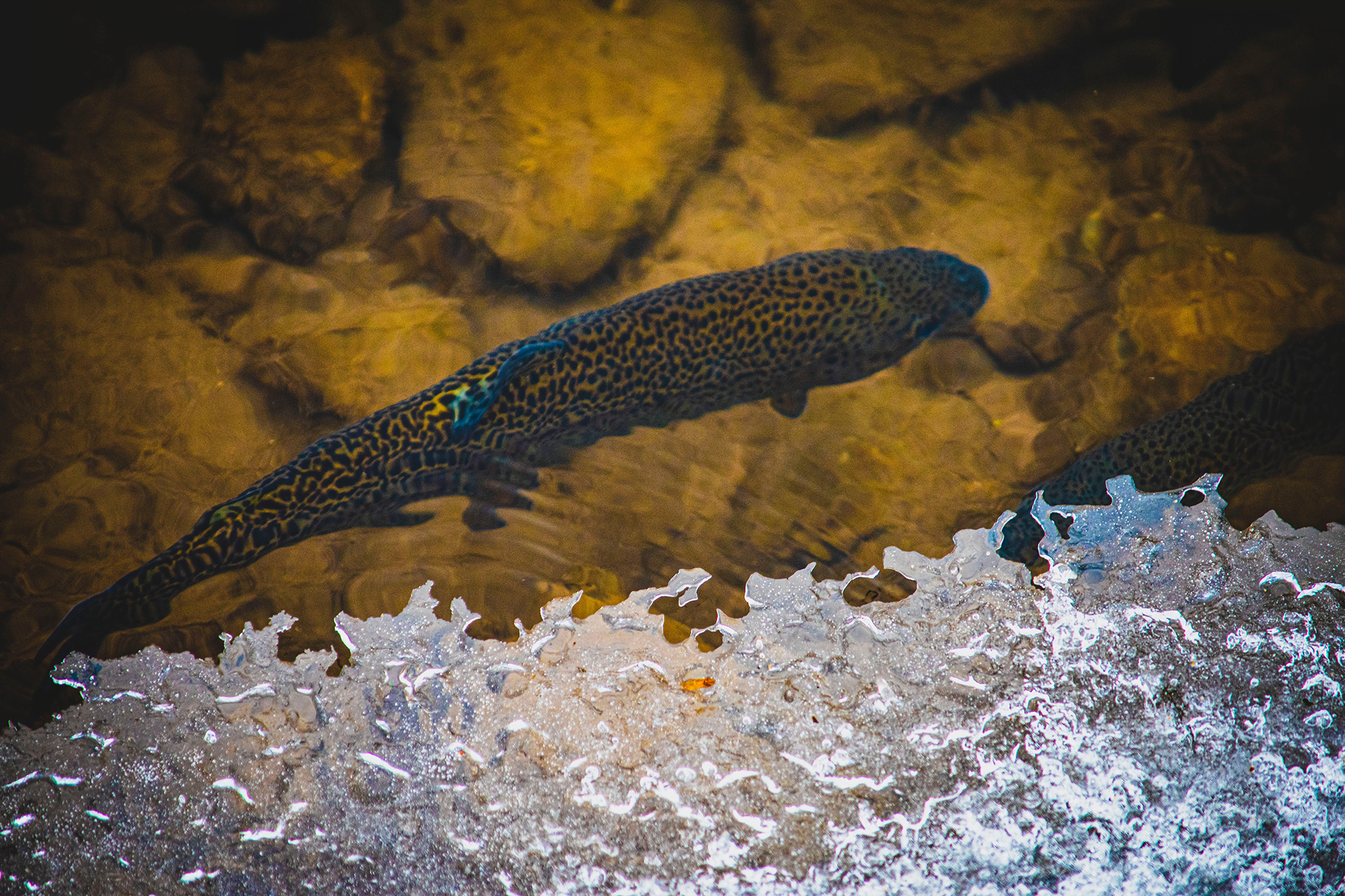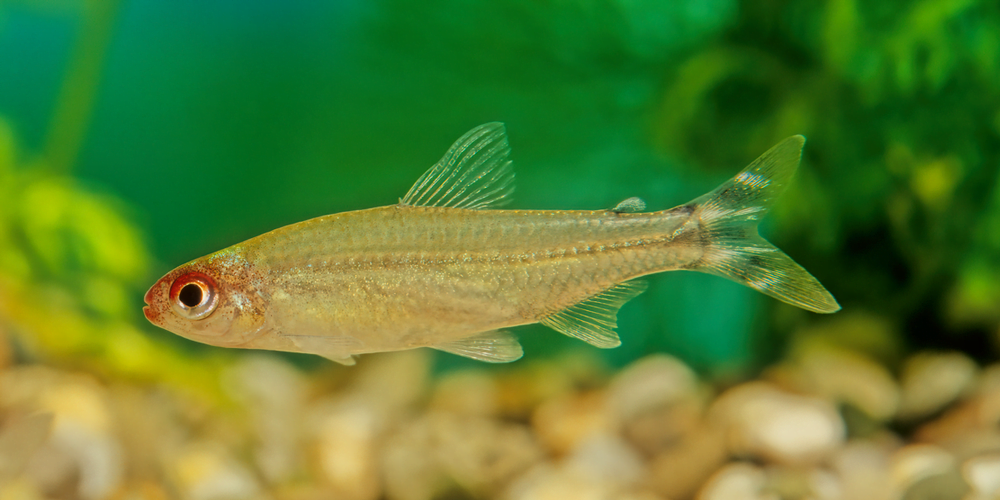Manta rays are amazing and efficient swimmers — a necessity for any large animal that survives on tiny plankton. Researchers have built a new soft robot inspired by swimming mantas. Like its biological inspiration, the robot flaps its pectoral fins much as bird flaps its wings; this motion creates vortices that push water behind the robot, propelling it forward. For a downstroke, air inflates the robot’s body cavity, pushing the fins downward. When that air is released, its fins snap back up. With this simple and energy efficient stroke, researchers are able to control the robot’s swimming speed and depth, allowing it to maneuver around obstacles. Flapping faster helps the robot surface, and slower flapping allows it to sink. (Living manta rays also sink if they slow down.) Check out the robot in action below. (Image credit: J. Lanoy; video and research credit: H. Qing et al.; via Ars Technica)
Tag: swimming

Paris 2024: Coordinating the Front-Crawl
Of all the swimming strokes humans have invented, none is faster or more efficient than the front-crawl. That’s why all competitors use it in freestyle events, and why it’s the only stroke that appears in races longer than 200 meters. But elite swimmers don’t perform the front-crawl the same way in a sprint as they do in a longer race. Instead, researchers found that swimmers use three different regimes of arm coordination.
For long-distance races, elite swimmers adopt a stroke that has only one arm in the water at a time. Each stroke is followed by a glide phase with one arm stretched in front of them. Researchers compared this to the burst-and-coast method that fish use to minimize the energy they use. As a swimmer’s speed increases, they shorten the glide phase and begin to maximize the force produced with each propulsive stroke.
In the third regime — the fastest one used by elite sprinters — the strokes of a swimmer’s arms are superposed, with both arms engaged in propulsion at the same time during parts of the cycle. This mode maximizes propulsive force but requires a lot of energy, so swimmers can only sustain it for a short while.
Since researchers built their observations into a physical model that explains how and why elite swimmers do this, the model can actually be used to advise individual swimmers on how they can adapt their stroke based on their size, desired speed, and other physical characteristics. (Image credit: J. Chng; research credit: R. Carmigniani et al.)
Related topics: More on swimming physics including why swimmers are faster underwater and how to design faster pools.
Find all of our current and past Olympics coverage here.

Paris 2024: Triathlon Swimming
Unlike the swimming competition, Olympic triathletes complete their swim legs in open waters. There are no lane dividers and no rules against drafting off a fellow athlete. Curious to see how draft positioning could affect swimmers, researchers experimented with swimmer-shaped models in a water channel and a numerical simulation. They found that the most advantageous position is directly behind a lead swimmer, where the follower could enjoy a 40% reduction in drag. Another good position is near the leader’s hip, where waves off the leader provide a 30% reduction in drag.
The worst place to swim, interestingly, is immediately side-by-side. With both swimmers neck-in-neck, drag is maximized, and each swimmer feels more drag than they would swimming by themselves! (Image credit: J. Romero; research credit: B. Bolan et al.)
Related topics: Drafting in each triathlon stage and drafting effects in nordic skiing
Join us all this week and next for more Olympics-themed stories.

Paris 2024: Swimsuit Tech
The aughts were an exciting time to watch competitive swimming. Records were falling left and right, especially in 2008 and 2009. The first wave of improvements came around 2000, with the introduction of full-body swimwear. According to one analysis, men’s freestyle swimming performances improved by about 1% with that change. The next big leap came in 2008 when companies introduced polyurethane panels into the suits (most famously the LZR Razer suits pictured above) causing an additional 1.5-3.5% performance improvement. The panels were stiff, reducing the swimmer’s cross-sectional area and thereby reducing drag. Their effect was greatest in sprint events; long-distance swimmers saw fewer improvements, possibly because turning in the stiffer suits was tiring.
The biggest leap came in 2009 with all polyurethane full-body swimsuits, which streamlined swimmers and gave them skin friction improvements that let them slip through the water more easily. Freestyle swimmers with those suits were showing a full 5.5% performance improvement on top of the 2000-era full-body suits.
With so many records falling in 2008 and 2009 — largely to swimmers wearing the expensive new suits that some teams could not afford — swimming’s federation chose to ban the new technology, causing an immediate drop in performances to pre-polyurethane levels. Although sprint performances will likely improve little by little each year, no one is likely to break the sprint records of 2008-2009 in the next decade — not unless the federation establishes a “new rules” record the way officials did with the javelin after a major rule change. (Image credit: Getty Images; research credit: L. Foster et al.)
Today kicks off our fluids-themed Olympics coverage. Stay tuned for more sports this week and next week. If that’s not enough sports physics for you, check out what we wrote in previous years.

Eel-Like Swimming
Working with living creatures can’t always reveal their mechanics. That’s one reason engineers like building biorobots. Here, researchers built 1-guilla, an eel-like swimmer, and studied how its body motions affected its swimming. Eels are anguilliform swimmers that use a traveling wave moving along their body from head to tail for propulsion. In the video (and paper), they break down the robot’s motion step by step — looking at amplitude, wavelength, and tail angle — to find the optimal values for maximizing speed and, separately, efficiency in swimming. (Video and image credit: A. Anastasiadis et al.; research credit: A. Anastasiadis et al.)

Ciliary Pathlines
For tiny creatures, swimming through water requires techniques very different than ours. Many, like this sea urchin larva, use hair-like cilia that they beat to push fluid near their bodies. The flows generated this way are beautiful and complex, as shown above. Importantly for the larva, the flows are asymmetric; that’s critical at these scales since any symmetric back-and-forth motion will keep the larva stuck in place. (Image credit: B. Shrestha et al.)

Swimming Through Mud
At the bottom of ponds, nematodes and other creatures swim in a world of mud. They squirm their way through a sediment of dirt particles suspended in water. Mud, of course, is notoriously impossible to see through, so to understand these creatures’ movements, scientists turn instead to biorobotics. Here, a team uses a magnetic head attached to an elastic tail to mimic these tiny creatures.
To drive the robot’s motion, they use an oscillating magnetic field, which forces the magnetic head to rotate. Combined with the elastic tail and the drag caused by surrounding materials, this causes the robot to swim in a fashion similar to its biological inspirations.

A biomimetic robot swims through immersed grains. The robot’s magnetic head is forced with an oscillating magnetic field. It swims through an underwater bed of hydrogel beads, with diameters smaller than that of the robot’s head. To mimic the muddy environment of a pond’s bottom, scientists used a bed of hydrogel beads immersed in water. Looking at the experimental video above, you’ll see no sign of the beads. That’s because the hydrogel beads have nearly the same index of refraction as water. Once you pour water in, they seem to disappear. That allows the researchers to focus instead on the robot’s motion. In other experiments, they added dye to the beads so that they could see how they moved around the robot.
They found that the robot’s motion fluidizes the grains around it. Effectively, the robot’s motion creates an area with fewer grains and more water for it to move through. Once it’s passed, however, more grains settle in, and the bed returns to a denser packing. (Image credit: nematode – P. Garcelon, experiment – A. Biswas et al.; research credit: A. Biswas et al.)

Fish Fins Work Together
Researchers studying how fish swim have long focused on their tail fins and the flows created there. But a fish’s other fins have important effects, too, as seen in this recent study. Researchers built a CFD simulation based on observations of a swimming rainbow trout, focusing on the flow from its back and tail fins. They found that the vortex created by the back fin stabilizes and strengthens the one generated by the tail. It also played a role in reducing drag on the fish by maintaining the pressure difference across the body. When they tried changing the size and geometry of the fins, the fish’s efficiency suffered, indicating that evolution has already optimized the trout’s fins for swimming efficiency. (Image credits: top – J. Sailer, simulation – J. Guo et al.; research credit: J. Guo et al.; via APS Physics)

Visualization of flow around a digitized rainbow trout. 
Swimming Intermittently
Many fish do not swim continuously; instead, they use an intermittent motion, swimming in a sudden burst and then coasting. This intermittent swimming is tough to simulate, due to its unsteady nature, but a new study does so using some clever computational techniques.

Animation showing a fish swimming in a burst-and-coast pattern. Researchers suspected that the energy intensity of a fish’s burst could be balanced by the low-drag, low-effort phase of coasting. And, indeed, that’s consistent with the team’s results. But they found that the swimming method does require careful optimization; with the wrong cadence, the burst-and-coast technique can be incredibly energy intensive. In nature, of course, fish have had millions of years to optimize their technique, but the results serve as a warning to those building fish-based robots. Those biorobots will need careful optimization to benefit from this swimming style. (Image credit: tetra – Adobe Stock Images, simulation – G. Li et al.; research credit: G. Li et al.; via APS Physics; submitted by Kam-Yung Soh)



